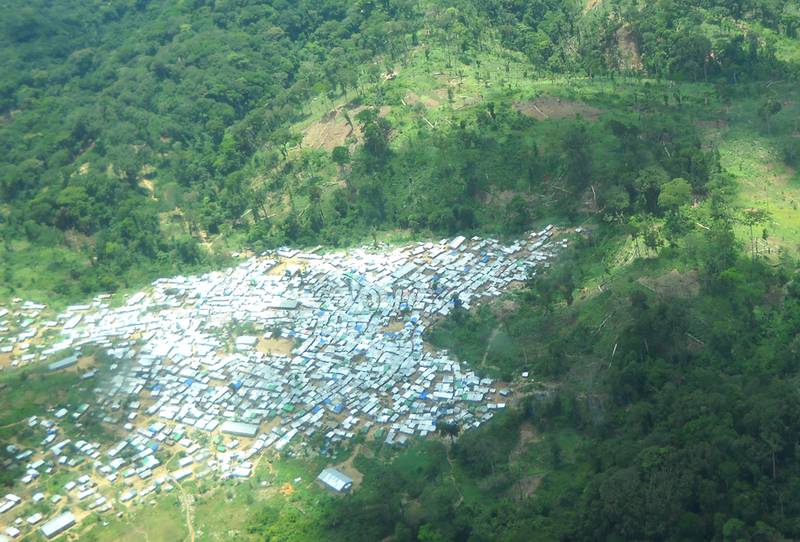Artisanal Mining and Deforestation in Eastern D. R. Congo
Categories: Journal no. 70, Rain Forest, Mining for mineral resources, Democratic Republic of the Congo
In the Democratic Republic of the Congo (DRC) lies the Congo Basin, the second largest rainforest in the world. The DRC is particularly rich in valuable minerals, especially tantalum and tungsten, both critical in the manufacture of components for electronic devices. Tin and gold are also present. The minerals are mainly extracted using artisanal and small-scale mining, which is a critical source of income for local people. Newly discovered mineral deposits in forests lead to deforestation through mining activities. Expansion of farmland and settlements to provide food and shelter to the miners and their families causes further deforestation.
Using a difference-in-differences model, researchers from the Norwegian University of Life Sciences, the Centre for International Forestry Research, Wageningen University and the Centre de Coopération International en Recherche Agronomique pour le Développement, Montpellier, investigated the impact of artisanal mining on deforestation dynamics in the eastern provinces of DRC. The researchers analysed land use data between 2001 and 2020 and identified 255 forest-located artisanal mines.
The study showed that artisanal mining triggers deforestation within an area of at least 5 km from the actual mining sites. Within 10 years, every hectare of forest loss due to mining caused deforestation of additional 28.4 ha for other land uses, of which 21.8 ha are associated with agriculture and 4.73 ha with settlement expansion.
The researchers further tested several predisposing factors that activate deforestation. They found a positive effect of accessibility, agricultural suitability and river proximity on deforestation rate. Furthermore, they showed a positive relationship between deforestation and conflict events. The density of the initial forest cover also influenced deforestation. Mining sites in areas with low forest cover suffered higher forest loss due to settlement expansion, whereas areas with high forest cover experienced higher forest loss due to agriculture.
In line with previous studies, this study found a positive relationship between deforestation and accessibility as well as agricultural suitability of the area cleared. However, the researchers also showed that deforestation can be triggered in dense forest areas away from pre-existing settlements. Thus, artisanal mining can contribute to the fragmentation of previously undisturbed forest areas. This impacts on the integrity of ecosystems and biodiversity in an area known for its richness in endemic and endangered species, such as Grauer's gorilla.
Artisanal mining makes a significant contribution to securing rural livelihoods and reducing poverty throughout sub-Saharan Africa. As long as alternative income possibilities are absent and the global demand for these critical minerals persist, artisanal mining will continue to be a critical source of income for local people. The researchers emphasize that both short-term and long-term strategies need to be developed and implemented to secure rural livelihoods in order to conserve the planet's second-largest rainforest.
Original publication
Ladewig, M., Angelsen, A., Masolele, R. N. & Chervier, C. (2024): Deforestation triggered by artisanal mining in eastern Democratic Republic of the Congo. Nature Sustainability 7, 1452-1460

